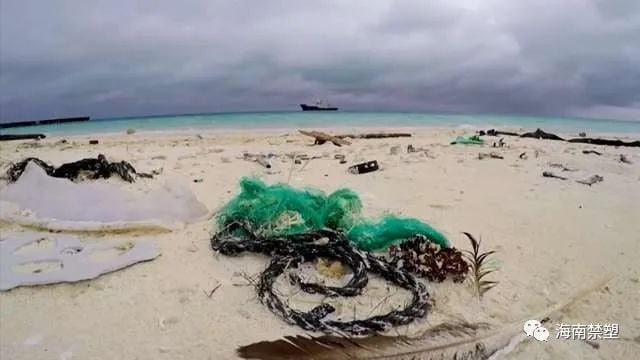A new report released by the World Wide Fund for Nature (WWF) on Tuesday, February 8, local time, predicts that plastic pollution in the world's oceans will increase fourfold by 2050.
The study was conducted by the Alfred Wegener Institute Helmholtz Centre for Polar and Marine Research in Germany. During the study, the researchers analyzed more than 2,500 studies on plastic pollution, compiled a large amount of relevant data, and came up with alarming estimates of marine plastic pollution.
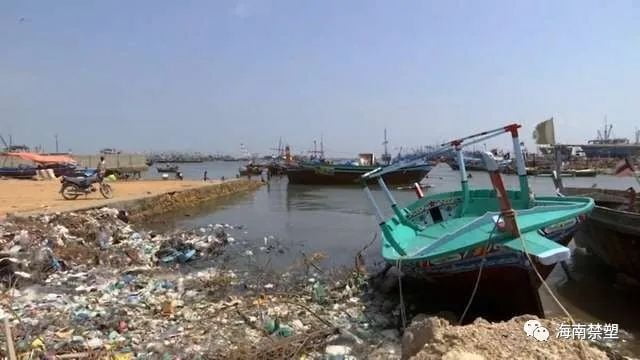
The report warns that overall marine microplastic pollution will increase 50-fold by the end of this century. By that time, more than 2.5 Greenland Islands will be heavily polluted and microplastic concentrations will exceed ecological hazard thresholds.
So, what is the "microplastic" mentioned in the report? According to the report, microplastics are tiny particles produced in the process of disintegration of larger plastic fragments. We can see plastic straws stuck in the nostrils of sea turtles, dead marine animals stomach full of plastic products, but the naked eye can not distinguish the microplastics caused by the environment, but we think that the harm is much greater than.
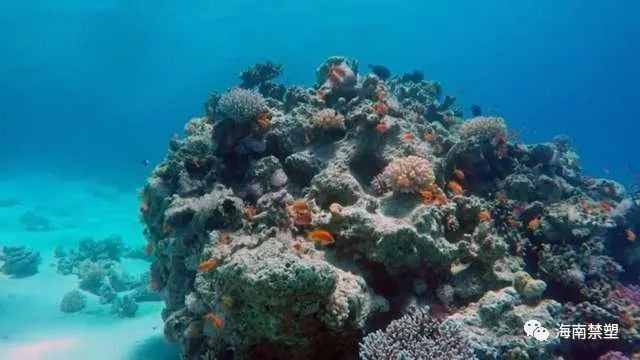
"Because of the action of sunlight and the washing of the waves, plastic breaks down into smaller pieces," explained Dr. Bergman, a marine biologist at the Alfred Wegener Institute, "and because of their tiny size, these plastic particles can get into more organisms - -even the smallest zooplankton can ingest these particles, which can also affect larger animals such as whales."
"Microplastics can really penetrate our food web."
The study notes that 88 percent of marine species are being negatively impacted by plastic, with up to 90 percent of seabirds and 52 percent of sea turtles having ingested plastic, and that this will have a serious impact on marine biodiversity.
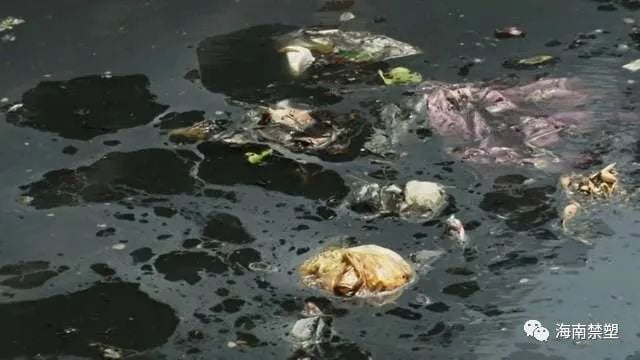
"Microplastics have different effects on different animals," said Dr. Bergman, "For some species, it can cause inflammation, slow growth, reduce reproductive success, and decrease fertility."
The researchers also found that microplastic concentrations in the Mediterranean Sea, the East China Sea, the Yellow Sea, and Arctic sea ice have exceeded dangerous thresholds. Most of the plastic entering the ocean cannot be salvaged ashore, except for trash at the beach's edge, and microplastic particles are invisible and untouchable, which means that current plastic pollution is irreversible.
WWF-Germany's head of marine conservation, Andreas Weisper, says slowing the spread of microplastic pollution requires action at multiple levels, with consumers bearing the brunt. Weisper suggested that single-use plastic products should be avoided in daily life.
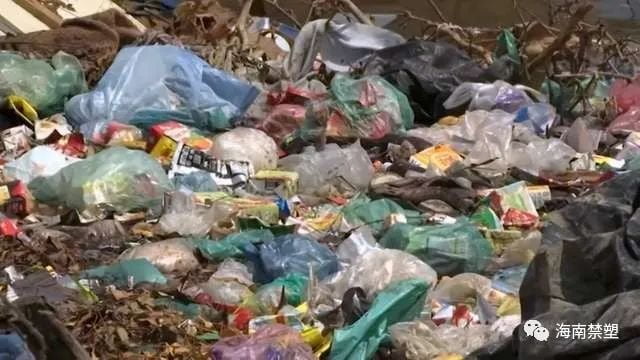
For her part, Dr. Bergman admits that governments need to immediately agree on a treaty on chemical and plastic pollution and set specific pollution control targets, with scientific bodies to monitor measurements. "Plastic pollution is a global problem, as we show in the report," she commented, "and that requires global solutions."
On the 28th of this month, the United Nations Environment Assembly will take place in Nairobi, Kenya, and online. WWF has issued a call for countries to adopt a legally binding global treaty at the conference to combat plastic pollution.
